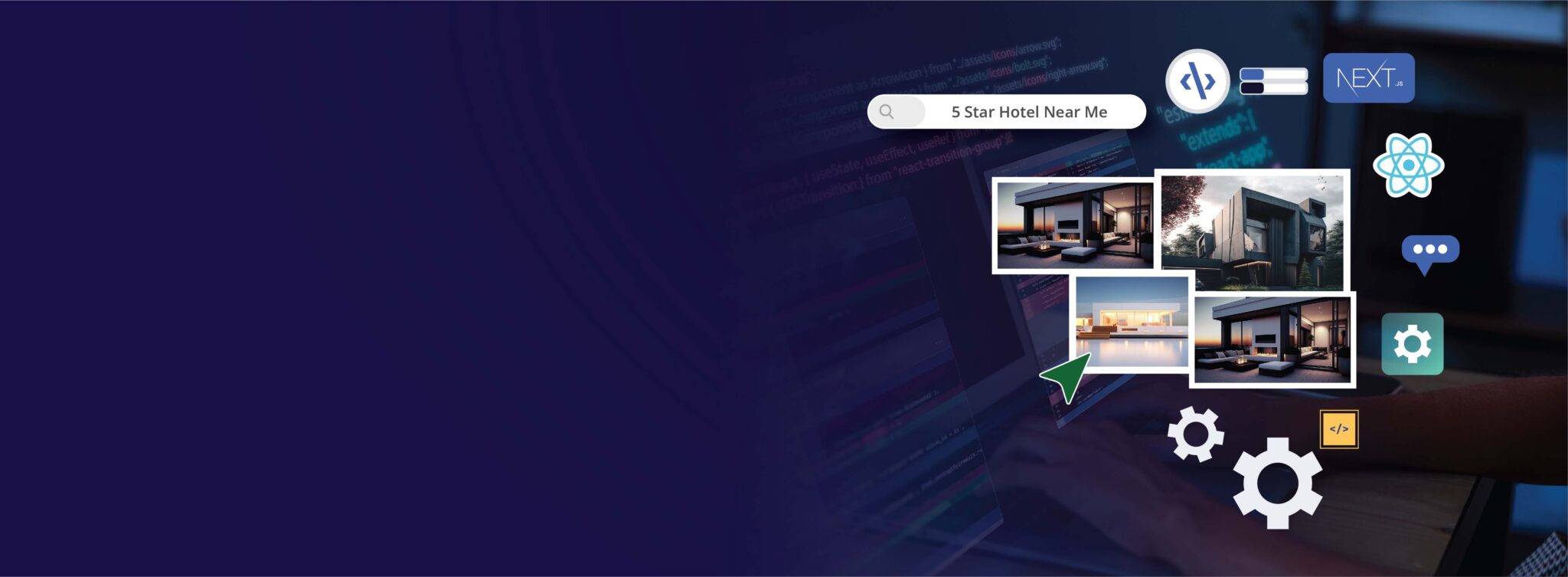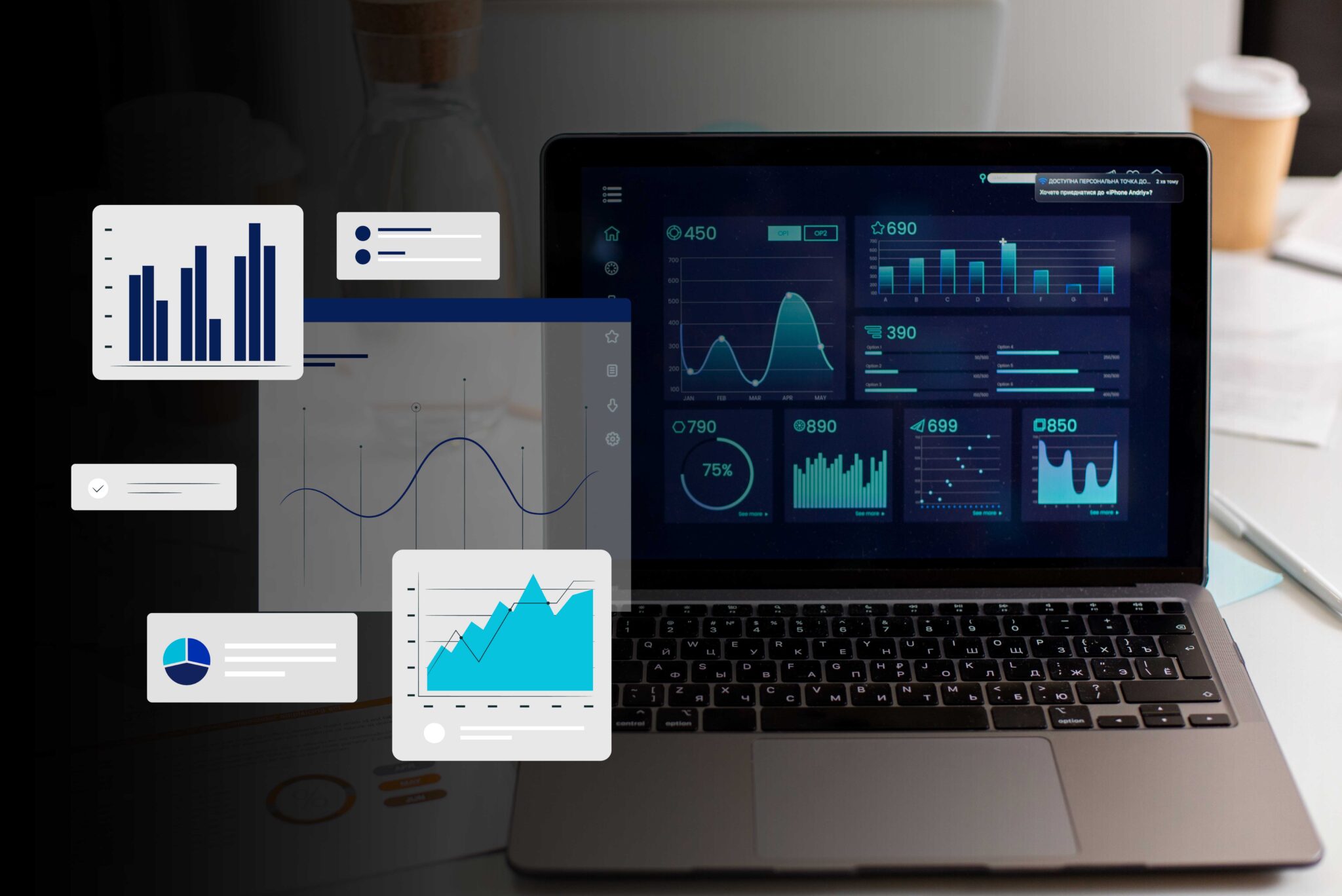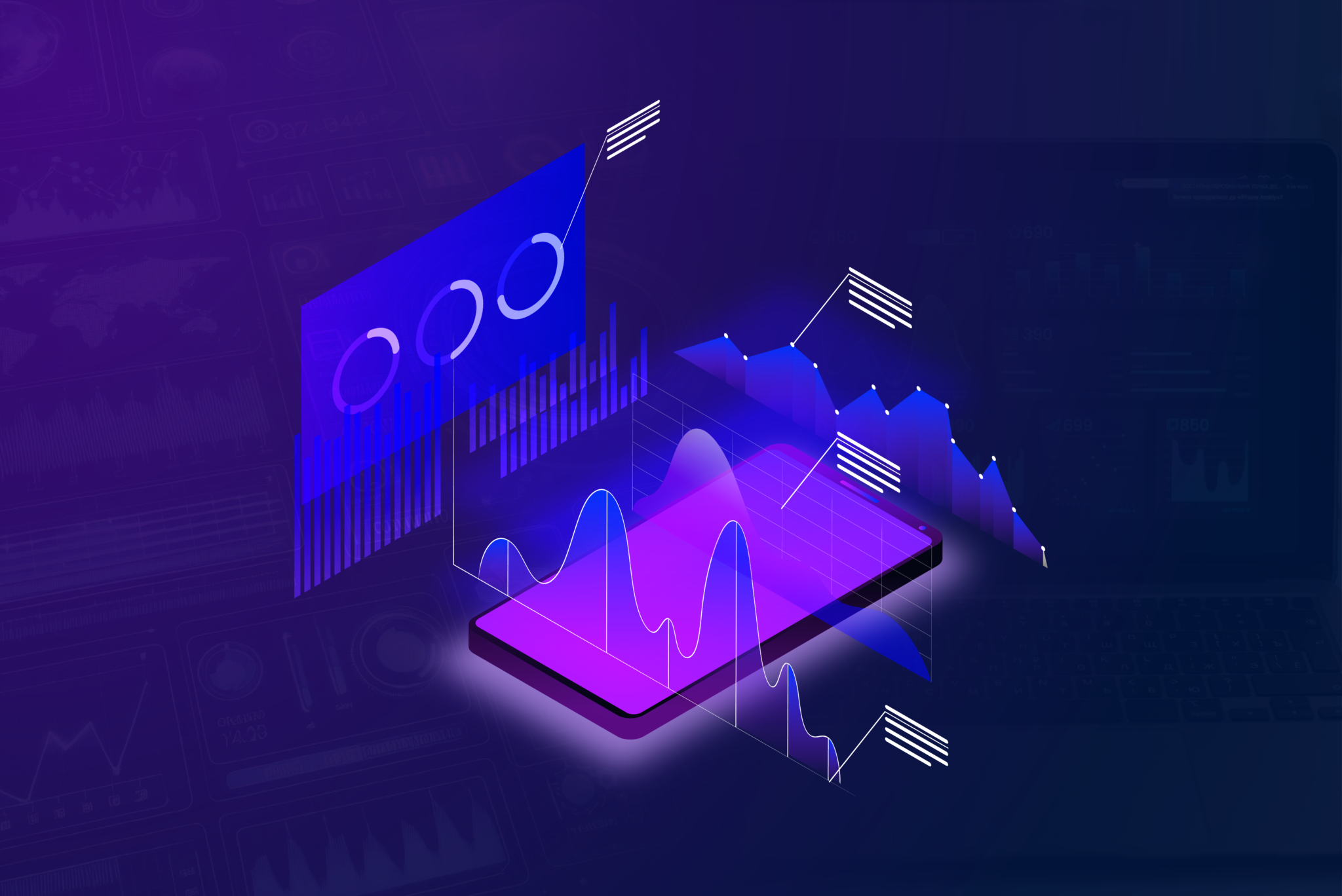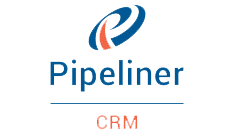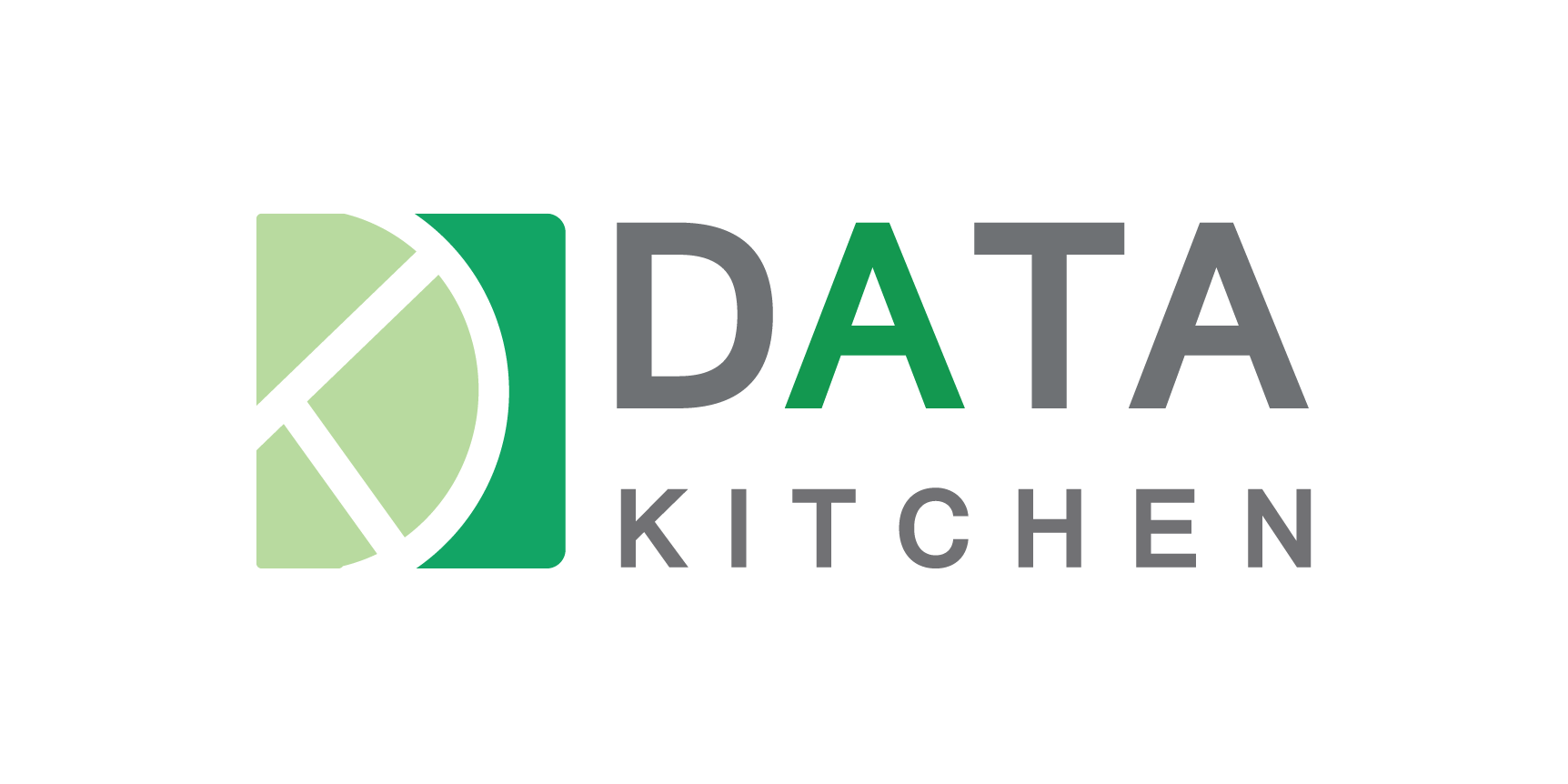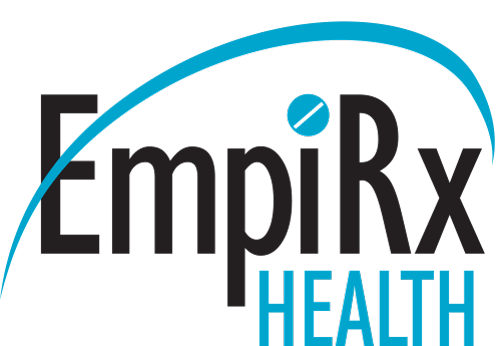devOps
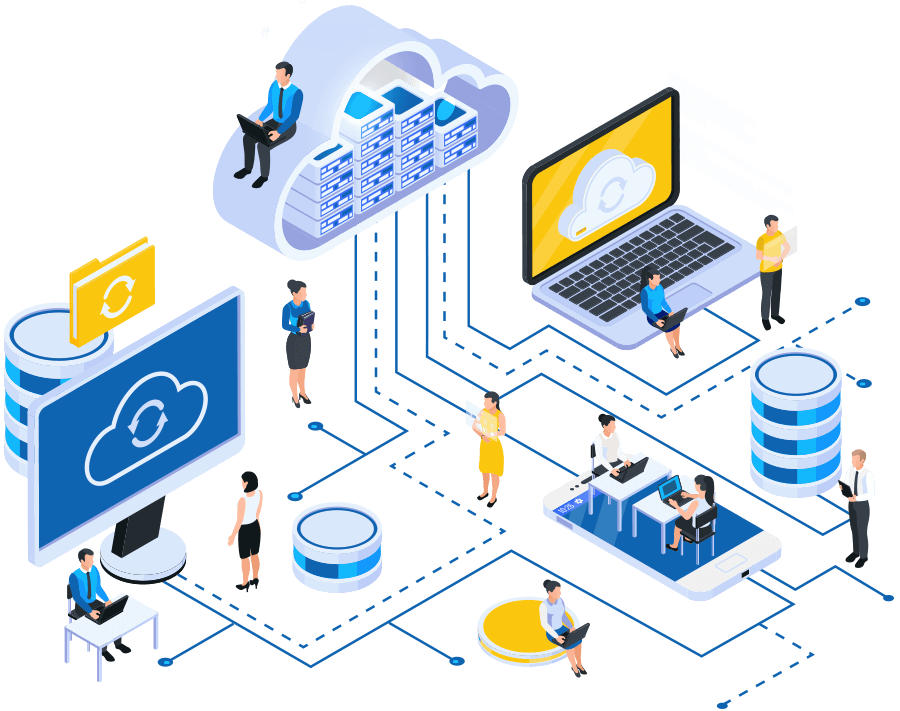
Our DevOps Services
Complere Infosystem provides the opportunities it presents—enhanced decision-making capabilities, improved customer experiences, and the ability to innovate more rapidly—make it a worthwhile endeavor for any data-driven organization.
We have over 200 data experts onboard and over 30 data projects in our portfolio.
Continuous Integration and Continuous Deployment (CI/CD):
We implement CI/CD pipelines that automate the build, testing, and deployment of software. And we set up automated testing (unit tests, integration tests, and end-to-end tests) to catch issues early in the development process. It will help you in seamless deployment to production environments, ensuring faster time-to-market for new features and bug fixes.
Infrastructure as Code (IaC):
We assist you in adopting IaC principles by using tools like Terraform, Ansible, or AWS CloudFormation.We create reusable infrastructure templates that define servers, networks, and other resources. Which Enable customers to provision and manage infrastructure consistently across development, staging, and production environments.
Monitoring and Observability
Set up monitoring solutions to track application performance, resource utilization, and user experience. We provide real-time insights into system health, allowing proactive identification of bottlenecks and issues.We help customers create dashboards and alerts for critical metrics.
Security and Compliance
Collaborate with security teams to integrate security practices into the DevOps pipeline. Implement security scans (static code analysis, vulnerability assessments) during the build process. Ensure compliance with industry standards by automating compliance checks.
Culture and Collaboration
DevOps is not just about tools; it’s a cultural shift. We encourage collaboration between development, operations, and other stakeholders.We promote agile practices, cross-functional teams, and knowledge sharing.
Functional Testing
How can you benefit from DevOps?
Accelerated Software Delivery
- DevOps streamlines the software development lifecycle, allowing faster delivery of features, enhancements, and bug fixes.Continuous integration and continuous deployment (CI/CD) pipelines automate testing and deployment, reducing manual effort and time.
Improved Collaboration
- DevOps encourages cross-functional collaboration between development, operations, and other teams.
Enhanced Quality and Stability
- Automated testing and code reviews catch issues early in the development process. Frequent deployments with smaller changes reduce the risk of large-scale failures.
Increased Business Agility
- DevOps allows organizations to respond quickly to market changes and customer needs.Rapid feature releases enable competitive advantage and adaptability.
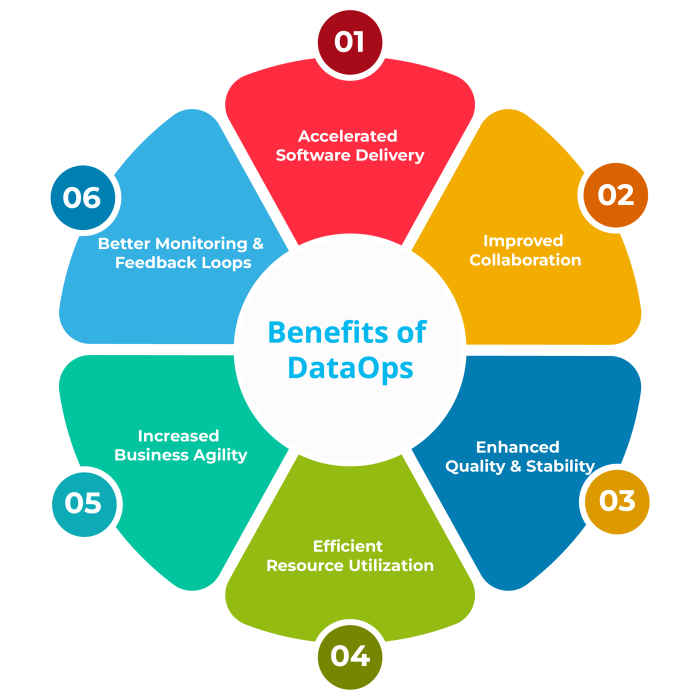
How it Works
1. Continuous Development
-
Developers commit code to version control tools (such as Git or SVN) to maintain different code versions.
-
Build tools package the code into an executable file for testing.
-
This stage ensures that code changes are tracked and managed efficiently.
03. Continuous Deployment (CD)
-
Code is built into deployable artifacts.
-
The application environment is containerized (using tools like Docker or Kubernetes).
-
The code is pushed to the desired server (production, staging, or testing).
2. Continuous Integration (CI):
-
CI is a critical point in the DevOps lifecycle.
-
It integrates different stages (development, testing, deployment) by automating the process.
-
Developers’ code changes are continuously merged, tested, and validated.
-
Early detection of integration issues prevents surprises during deployment.
04. Continuous Monitoring
-
DevOps emphasizes real-time monitoring of deployed applications.
-
Monitoring tools track performance, resource utilization, and user experience.
-
Feedback loops provide insights to improve the application.
-
Data collected from monitoring informs further development and optimization.
01. Strategy
- Clarification of the stakeholders’ vision and objectives
- Reviewing the environment and existing systems
- Measuring current capability and scalability
- Creating a risk management framework.
02. Discovery phase
- Defining client’s business needs
- Analysis of existing reports and ML models
- Review and documentation of existing data sources, and existing data connectors
- Estimation of the budget for the project and team composition.
- Data quality analysis
- Detailed analysis of metrics
- Logical design of data warehouse
- Logical design of ETL architecture
- Proposing several solutions with different tech stacks
- Building a prototype.
03. Development
- Physical design of databases and schemas
- Integration of data sources
- Development of ETL routines
- Data profiling
- Loading historical data into data warehouse
- Implementing data quality checks
- Data automation tuning
- Achieving DWH stability.
04. Ongoing support
- Fixing issues within the SLA
- Lowering storage and processing costs
- Small enhancement
- Supervision of systems
- Ongoing cost optimization
- Product support and fault elimination.


